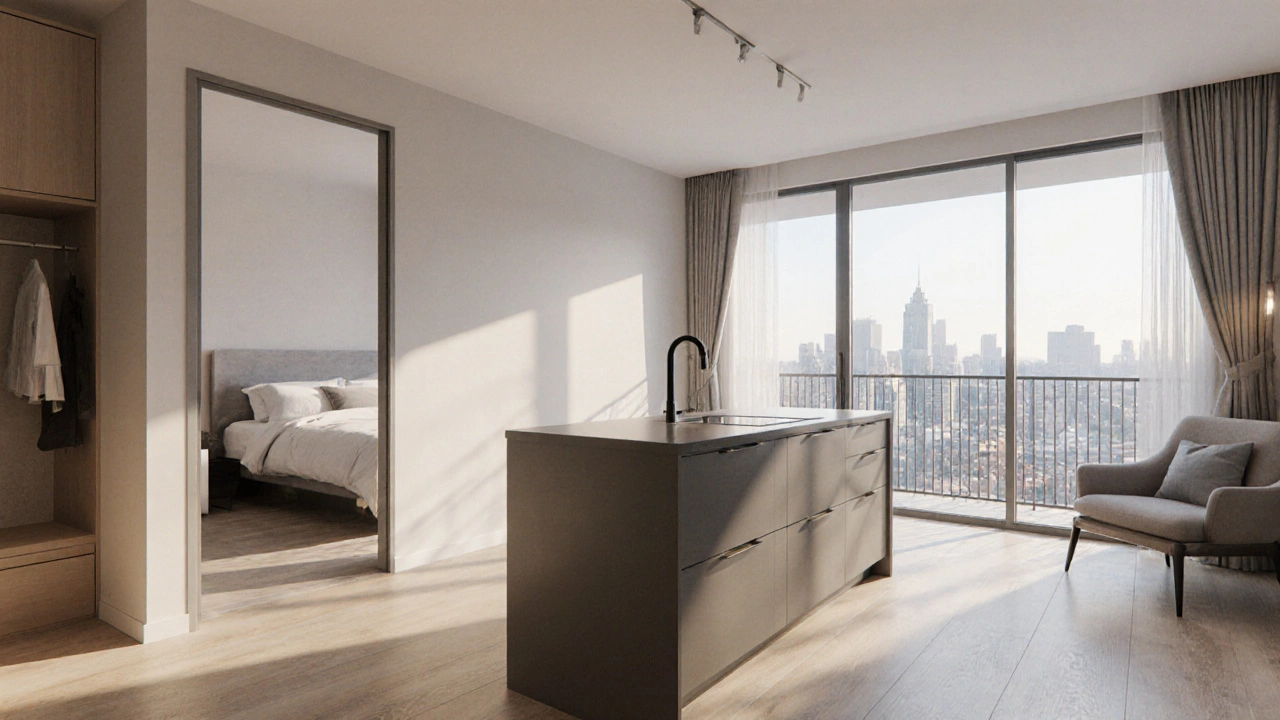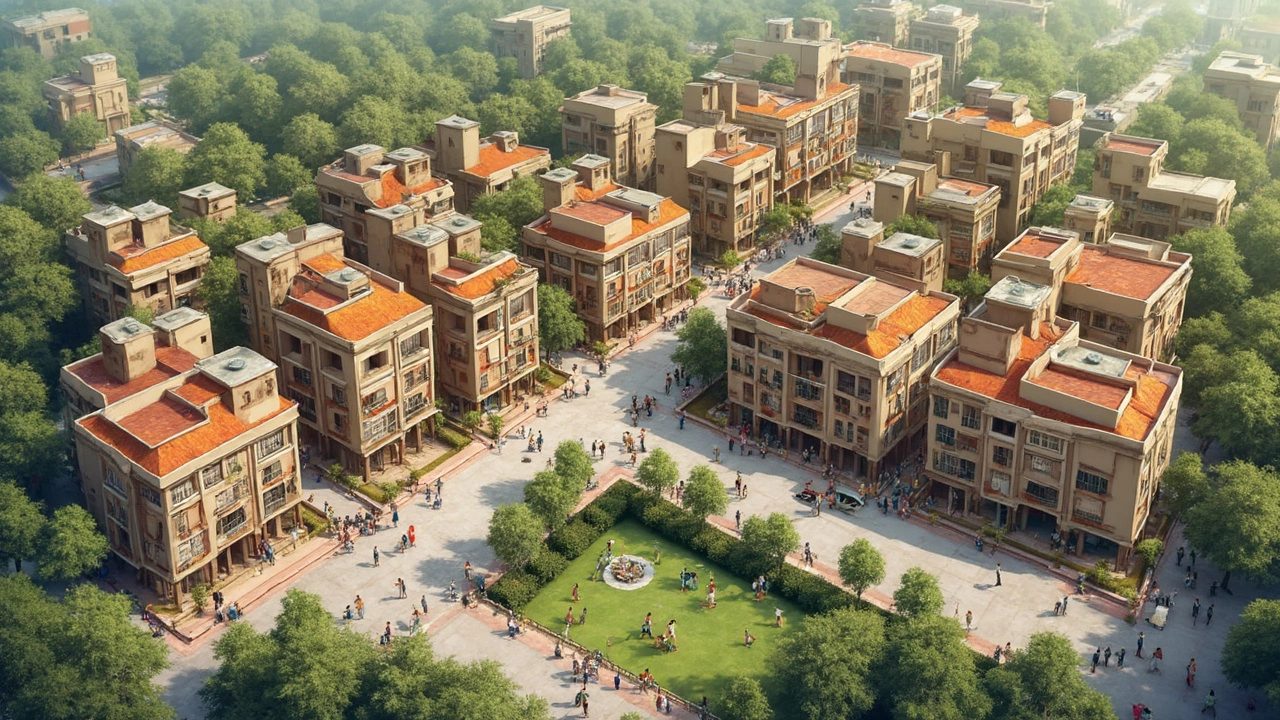2BHK Apartment: What It Is and How to Get One
If you’re scrolling through listings and see “2BHK,” you’re looking at a two‑bedroom, hall, and kitchen unit. It’s a sweet spot for small families, couples who need a home office, or anyone who wants a spare room without paying a giant price. Below we break down what makes a 2BHK tick, how to spot a good deal, and when buying beats renting.
Key Features of a 2BHK
A typical 2BHK offers two bedrooms, a living hall, and a kitchen. Most units also include a bathroom (sometimes two) and a balcony or utility area. The size can vary a lot – in metros you’ll find 600‑800 sq ft layouts, while in tier‑2 cities they can stretch to 1,000 sq ft. Look for a floor plan that gives each bedroom at least 10 ft × 10 ft of space, a hall that can fit a sofa and TV, and a kitchen with enough countertop to prep meals.
Natural light and ventilation are huge. Check the window placement; a unit with windows on opposite walls feels bigger and helps with airflow. Storage matters too – built‑in wardrobes, a pantry, or extra cabinets can save you from buying extra furniture later.
Buying vs Renting a 2BHK – What’s Best for You?
When you buy, you lock in a price and build equity, but you’ll need a down payment, loan paperwork, and ongoing maintenance. Renting gives flexibility – you can move when the lease ends, and the landlord usually handles big repairs. If you’re unsure about your job location for the next few years, renting a 2BHK is safer. If you plan to stay in one place for 5‑7 years, buying often works out cheaper in the long run.
Budgeting is the first step. For rent, add 30‑40 % of your monthly income to cover the rent, security deposit, and minor utilities. For buying, calculate the loan EMI, property tax, and a 2‑3 % buffer for registration and stamp duty. Use an online calculator to see which option leaves you with more cash each month.
Legal checks are the same for both paths. Verify the title deed, ensure the builder has approved plans, and ask for an occupancy certificate if the property is newly constructed. For rentals, read the lease carefully – look for clauses about rent increase, notice period, and who pays for repairs.
Location can make or break a 2BHK’s value. Proximity to schools, grocery stores, and public transport adds convenience and resale appeal. If you work in the city, a 2BHK near a metro station can save you hours of travel daily.
Finally, don’t rush the inspection. Walk through the unit, test the taps, check for cracks in walls, and make sure doors and windows open smoothly. Take photos of any issues and ask the seller or landlord to fix them before you sign.
Whether you decide to rent or buy, a 2BHK offers a balanced mix of space and cost. Keep your checklist handy, compare a few listings, and you’ll land a home that fits your lifestyle without breaking the bank.
Understanding What a 2‑Bed Flat Means: Size, Layout, and Cost
by Arjun Mehta Oct 21 2025 0 ApartmentsLearn what a 2‑bed flat (2BHK) really means, its typical size, layout, rent and purchase prices across major cities, and tips for choosing the right unit.
READ MORECan I Buy a Resale Flat Alone? Answers for 2BHK Apartment Buyers
by Arjun Mehta May 7 2025 0 ApartmentsThinking about buying a resale 2BHK flat on your own? This article breaks down exactly what's possible if you're going solo—from loan hurdles to legal checks to tips only insiders share. Get advice on what paperwork you must handle, how banks look at single applicants, and sneaky costs no one talks about. Cut through the confusion and know what to expect before you even call an agent.
READ MOREUnderstanding 2K Apartments: What You Need to Know
by Arjun Mehta Feb 27 2025 0 ApartmentsA "2K apartment" is sometimes confused with "2BHK," but understanding the difference can save you a lot of confusion in the housing search. In simple terms, the 'K' stands for a kitchen, but the application varies across regions. This guide explores the meaning of 2K in real estate, offers insights into typical layouts, and shares tips on finding the perfect space for your needs.
READ MORE

